-
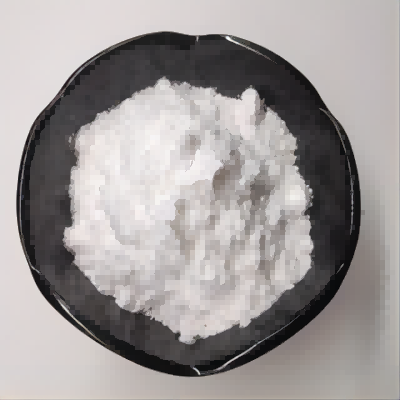
Erythoric Acid CAS:89-65-6 Manufacturer Supplier
Erythorbic Acid is used as a food additive as an antimicrobial and antioxidative agent.Erythorbic acid is a stereoisomer of L-ascorbic acid, and is used as an antioxidant in foods and oral pharmaceutical formulations. It has approximately 5% of the vitamin C activity of L-ascorbic acid.
-
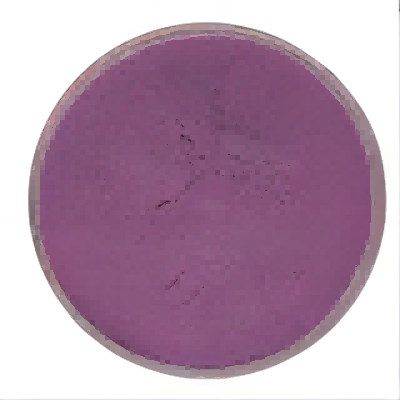
Enocyanin CAS:11029-12-2 Manufacturer Supplier
Enocyanin is an anthocyanin obtained from grapes. It can affect the activities of leucine aminopeptidase, acid phosphatase, γ-glutamyl transpeptidase and esterase.Enocyanin is used for acid drinks, wine, jam, jelly and other food coloring.
-
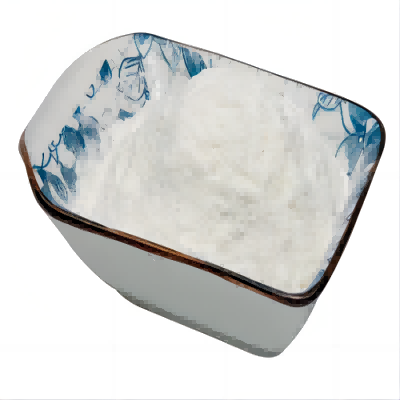
Beta-Cyclodextrin CAS:7585-39-9 Manufacturer Supplier
Cyclodextrins refer to a family of compounds consisting of sugar molecules bound together in ring (cyclic oligosaccharides). It is produced from starch through enzymatic conversion. Beta-cyclodextrin is the 7-membered sugar ring molecular form of cyclodextrin. Cyclodextrin has various applications. In the pharmaceutical industry, it can be used as complexing agents for increasing the solubility of poorly soluble drug as well as increasing their bioavailability and stability. It can also alleviate the gastrointestinal drug irritation, and prevent drug-drug and drug-excipient interactions. It can also be used in food, pharmaceutical, drug delivery, and chemical industries, as well as agriculture and environmental engineering.
-
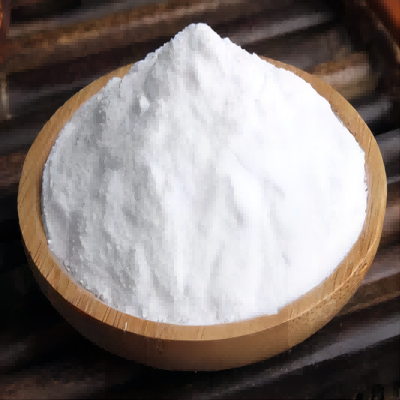
Sodium Metabisulphite CAS:7631-90-5 Manufacturer Supplier
Sodium hydrogensulfite is an inorganic sodium salt having hydrogensulfite as the counterion. It has a role as a mutagen and an allergen. It is an inorganic sodium salt and a sulfite salt. It contains a hydrogensulfite.
-
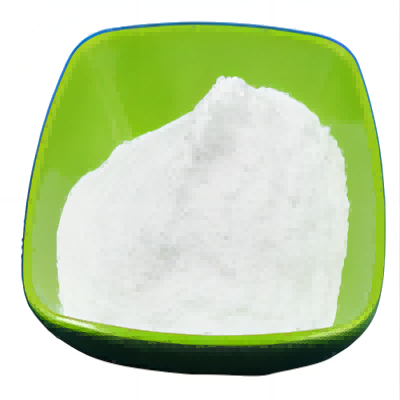
Glycine CAS:56-40-6 Manufacturer Supplier
Glycine (abbreviated as Gly or G) is an organic compound with the formula NH2CH2COOH. Having a hydrogen substituent as its side-chain, glycine is the smallest of the 20 amino acids commonly found in proteins. Its codons are GGU, GGC, GGA, GGG of the genetic code.Glycine is a colourless, sweet-tasting crystalline solid. It is unique among the proteinogenic amino acids in that it is not chiral. It can fit into hydrophilic or hydrophobic environments, due to its minimal side chain of only one hydrogen atom. Glycine is also the genus name of the Soybean plant (species name = Glycine max).
-
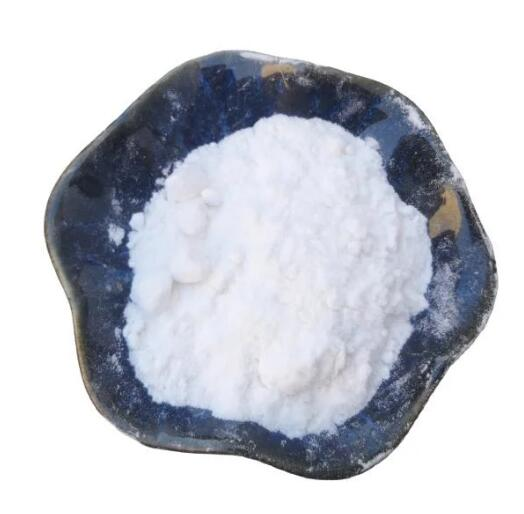
dUMP, 2′-Deoxyuridine-5′-monophosphate, disodium salt CAS:42155-08-8
2′-Deoxyuridine-5′-monophosphate (dUMP) is a nucleotide derivative involved in DNA synthesis and repair. It serves as a precursor for dTTP (deoxythymidine triphosphate), which is a necessary building block for DNA replication. dUMP is also a key component in the process of thymidylate biosynthesis, where it is converted into dTMP (deoxythymidine monophosphate) by the enzyme thymidylate synthase. This conversion is essential for maintaining proper nucleotide balance and DNA integrity within cells.
-
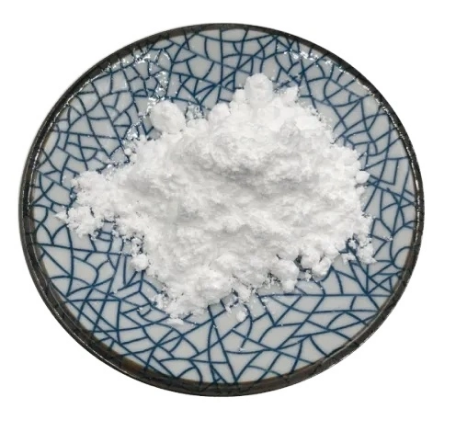
2′-Deoxythymidine CAS:50-89-5 Manufacturer Price
2′-Deoxythymidine, also known as thymidine, is a nucleoside that functions as a building block for DNA. It is crucial for DNA synthesis and plays a key role in the accurate transmission of genetic information in cells. 2′-Deoxythymidine is essential for cell growth, replication, and function, and it is actively involved in DNA repair processes. In scientific research, 2′-Deoxythymidine is used as a precursor for the synthesis of oligonucleotides and as a tool for studying DNA-protein interactions, DNA sequencing, and other molecular biology techniques.
-
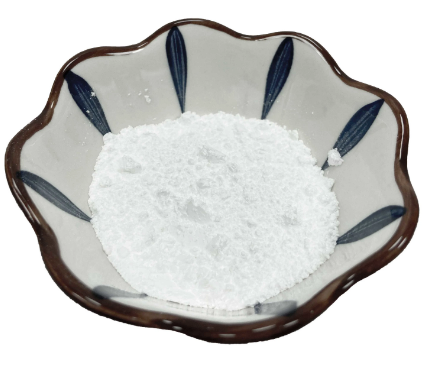
5-Iodo-2′-deoxycytidine CAS:54-42-2 Manufacturer Price
5-Iodo-2′-deoxycytidine is a modified form of the nucleoside deoxycytidine. It contains an iodine atom substituted at the 5th position of the pyrimidine ring. This compound has shown potential utility in cancer research and treatment due to its ability to induce DNA damage and affect cell proliferation. It is often used as a research tool in studies related to nucleoside analogs and their effects on cellular pathways. Additionally, its potential role as a radiosensitizer in cancer therapy is also under investigation.
-

Cytidine-5′-triphosphate disodium salt CAS:36051-68-0
Cytidine-5′-triphosphate disodium salt (CTP-Na2) is a nucleoside triphosphate that serves as a building block in the synthesis of RNA. It plays a critical role in cellular metabolism, serving as a substrate for RNA polymerases in transcription and as an energy source for various enzymatic reactions. CTP-Na2 is often used in biochemical and molecular biology research as a component in reactions involving RNA synthesis, modification, and regulation. Its disodium salt form increases its solubility in aqueous solutions, making it more convenient for laboratory use.
-
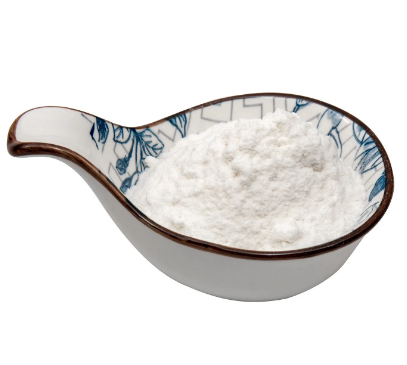
Ribonucleic acid from Baker’s Yeast CAS:63231-63-0
Ribonucleic acid (RNA) from Baker’s yeast, also known as Saccharomyces cerevisiae, refers to the RNA molecules present in this common single-celled fungus. It serves various essential functions in the cell, including protein synthesis, enzymatic activity, and gene regulation. RNA from Baker’s yeast is of interest to scientists and researchers studying molecular biology, genetics, and cellular processes. It is utilized in a wide range of experiments and studies to gain insights into gene expression, RNA processing, and the molecular mechanisms underlying cellular functions.
-
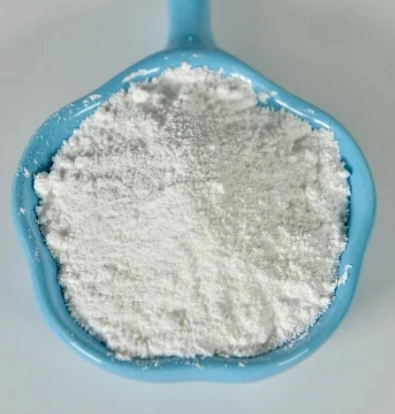
AGOTF CAS:2923-28-6 Manufacturer Price
Silver trifluoromethanesulfonate, also known as silver triflate, is a silver salt of trifluoromethanesulfonic acid. It is a versatile reagent and catalyst in organic synthesis, commonly used in various chemical transformations such as carbon-carbon bond formation, nucleophilic substitution, and rearrangement reactions. Silver trifluoromethanesulfonate is valued for its ability to activate substrates, as well as its compatibility with a wide range of functional groups.
-
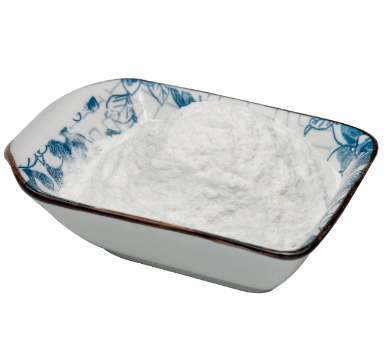
2′-O-Methyluridine CAS:2140-76-3 Manufacturer Price
2′-O-Methyluridine is a modified nucleoside that contains a methyl group at the 2′ position of the ribose ring. It is an important building block in the synthesis of modified RNA molecules and has been studied for its potential biological and pharmacological properties. Some of its reported applications include its use in RNA research, as a component in the production of modified RNA for therapeutic and functional genomics applications, and as a tool in the study of RNA structure and function.

